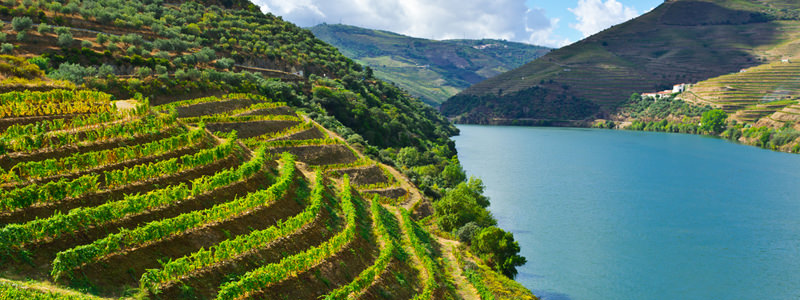Portugal’s wines are more than just Port. Portuguese wines and wine regions are best kept secret worth exposing. From regions of Douro, Dao and Alentejo come some great reds and whites that will surprise your palate and won’t break you budget.

Portugal’s-wines-and-regions
I always loved Port wine instead of desert, especially after juicy steak dinner, however I was oblivious to amazing choices available in both white and red dry wines from Portugal. My recent trip open my eyes and palate to these beauties and I want to share my experience with you.
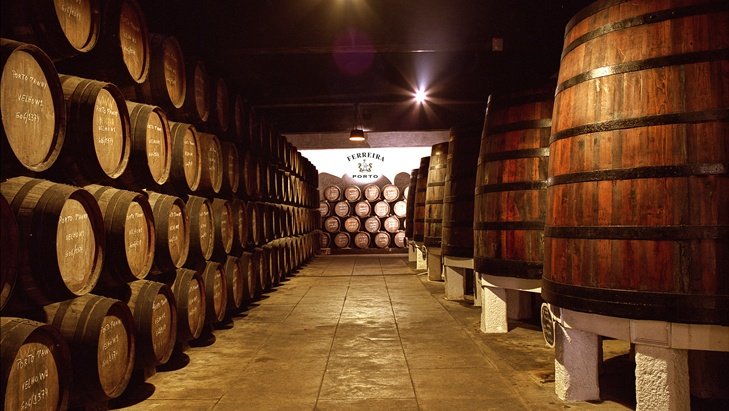
History of Portugal’s Wines
The history of Portuguese wine goes back some 4,000 years to the ancient Phoenicians, seafarers who established colonies across the Mediterranean and planted vines along the way. Yet the world is only now discovering the wines of Portugal, which have been through revolutionary change in just the past three decades. The best Portuguese wines are emerging in world markets as carefully crafted and delicious wines, typically at tremendous value for the quality.
Portugal was long ago a leader in exports, sending its wine throughout Europe as early as Renaissance times. Wine merchants created Portuguese Port wine in the DouroValley in the 1600s by adding brandy to table wine to keep it from spoiling on hot, bumpy trips around Europe. This Portuguese fortified wine became known and imitated all over the world, eventually overshadowing all other wines from Portugal. While the business of Port (and Portugal’s other fortified wine, Madeira) was thriving, Portuguese table wine was reserved almost entirely for the locals.
Modern Times
Physically isolated from most of Europe and its wine culture, Portugal developed wines its own way, using its more than 300 native grapes in favor of trendier international varieties. Political unrest and war in the 20th century wreaked havoc on viticulture and the economy, and it wasn’t until the 1960s that Portuguese exports such as Mateus and Lancers rosés became fashionable. Portuguese wines have since continued to update their image, stepping forward as serious competitors in the international wine market.
Great strides were after Portugal joined the European Economic Community (the forerunner of the European Union) in 1986. Portuguese wine making regulations and quality guidelines were brought into line with those of other European countries. Investments were made to modernize vineyards and educate a new generation of winemakers. The result: The best Portuguese wineries created new products adapted to world markets, while keeping the unique characteristics of Portuguese wine regions and varietals.
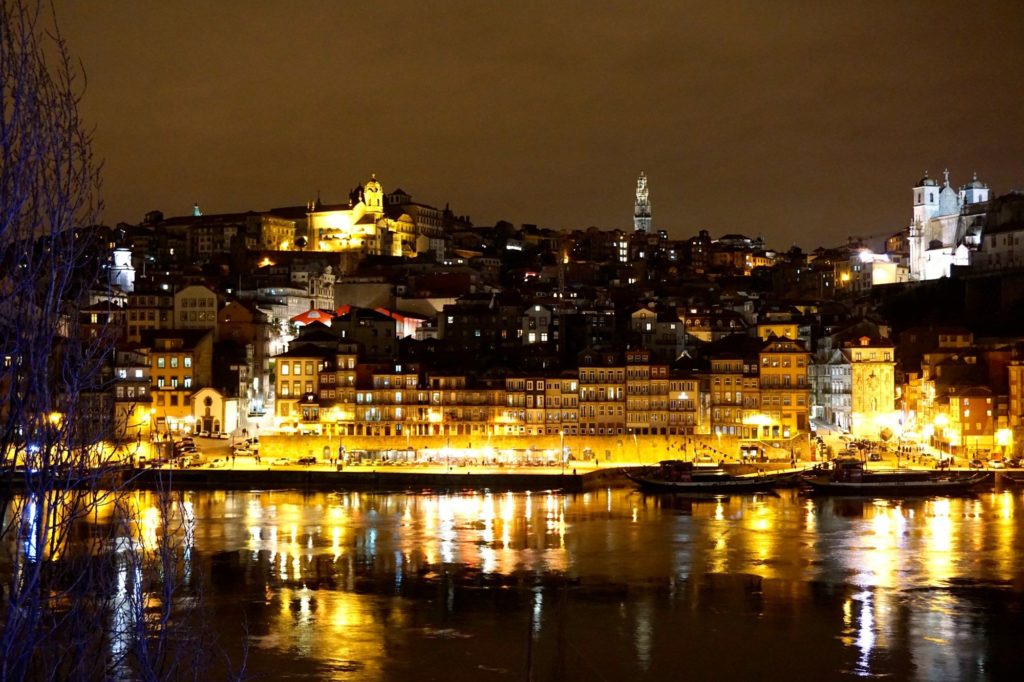
Porto-at-night
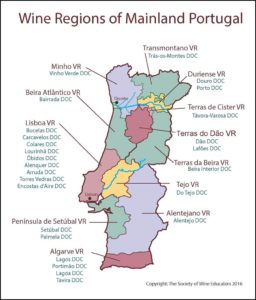
Portugal-wines-map
Main wine regions
Portuguese red wine from the Douro region – also the center of Port production – is considered the most elegant of Portugal, similar in style to Bordeaux. The Dão region is known for big, full-bodied red wines, akin to many Burgundy wines, but at significantly lower prices.
Vinho Verde, the Portuguese white wine that is famously bright and zesty, comes from the country’s coolest, northernmost wine region. It’s meant to be consumed soon after bottling and enjoyed with light, fresh cuisine.
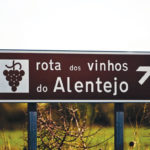
Alentejo
ALENTEJO
Once, Portugal’s Alentejo was known more for producing cork than wine. The intensely hot, dry region, which covers a large part of southern Portugal, is dotted with the oak trees that supply cork for many of the world’s wines. But Alentejo’s wines no longer take a back seat to the stoppers. In the past 30 years winemaking in Alentejo, as in much of Portugal, has been transformed and
expanded. For Alentejo, this means winemaking where it had not been possible; modern irrigation and temperature control techniques allow the creation of fine wines in otherwise inhospitable territory. Still, red wines predominate in Alentejo. Traditional indigenous grapes, often blended with Tempranillo or other international varieties, are used to make smooth wines with deep fruit flavors.
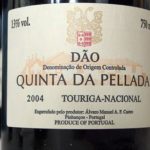
Dao
Dao
The high-altitude vineyards of Portugal’s Dão region are known for producing excellent blended wines – not least because, in the local tradition, the small vineyards are often a
catchall of various local varieties growing together. In this mountainous region, grapes are planted in any spare earth between rocky outcroppings and pine forests. Red blends are most often based on Touriga Nacional, a thick-skinned, intensely flavored grape, with Tinta Roriz (Tempranillo) and other varieties combining to create the region’s typically fresh and full-bodied red wines. The preeminent white grape is Encruzado, which is used only in the Dão to make full-bodied wines with floral aromas and citrus and mineral notes.
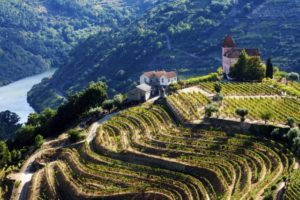
Douro Vealey
DOURO
The Douro wine region is tucked in the mountainous northeast of Portugal. Vines are grown on the steep, terraced hills that rise above the Douro River, producing grapes for classic fortified Port wines and, increasingly, excellent Douro table wines. The Douro consists of three arid subzones, all of which are subject to extreme temperatures and protected from rainfall by adjacent mountains. Starting at the Spain-Portugal border is the Douro Superior zone. This is the largest subzone, known for producing hearty red wines. Moving west along the Douro River is the Cima (higher) Corgo subzone, home to famous Port vineyards above the river banks.
Continuing west is the smallest subzone, Baixo (lower) Coro. This subzone is the closest to the Atlantic Ocean and receives the most rainfall. The key red grapes grown in the Douro region are Touriga Francesa, Touriga Nacional and Tinta Roriz (clones of the variety known in neighboring Spain as Tempranillo). They’re used to make both Port and table wines. Wines
from the Douro are considered to be among the most elegant reds of Portugal and styled similarly to the elegant wines of Bordeaux.
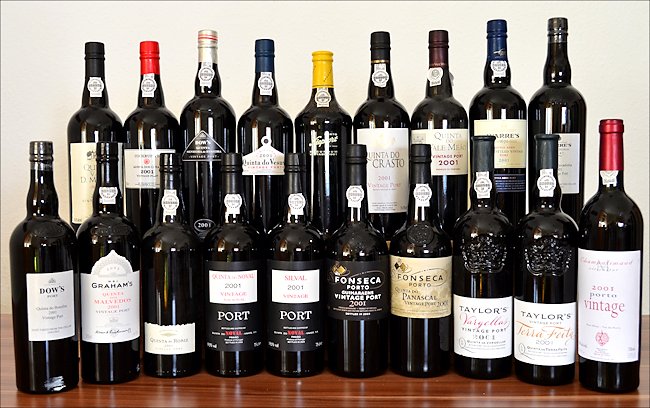
vintage-port

